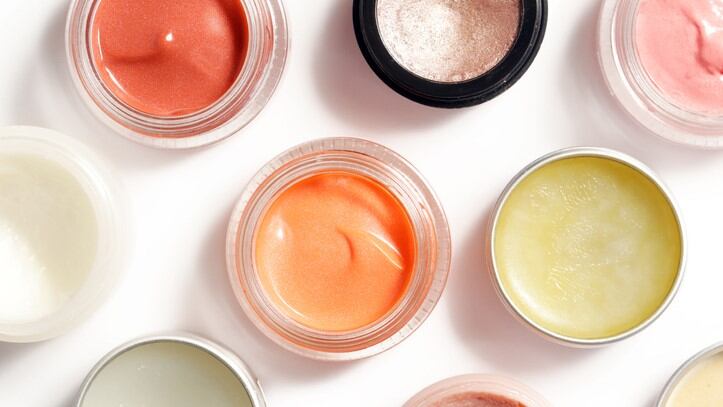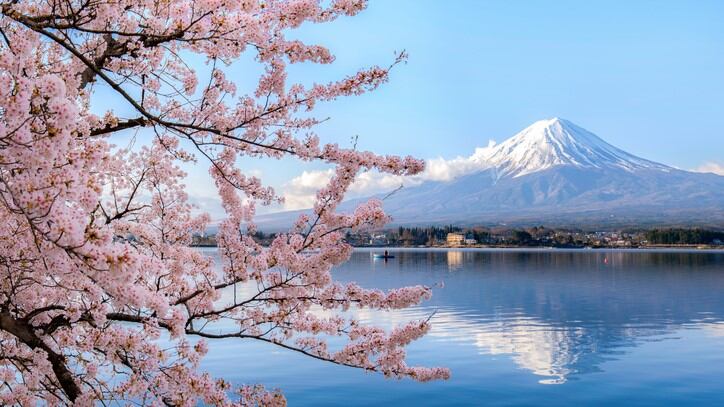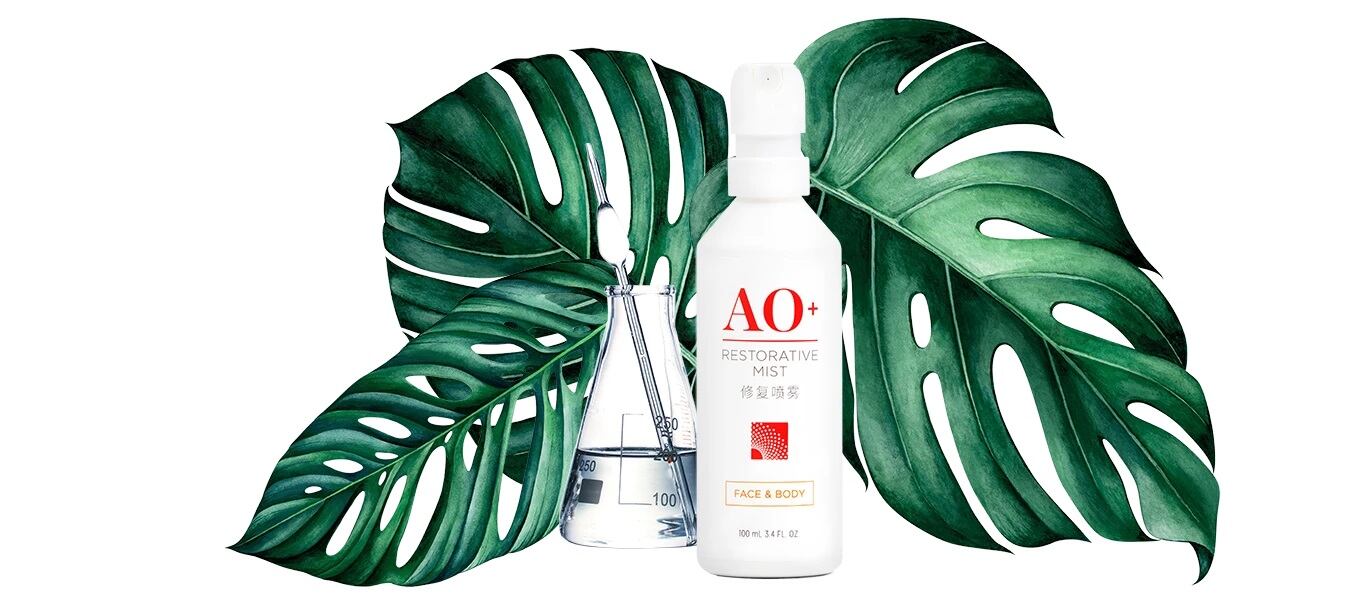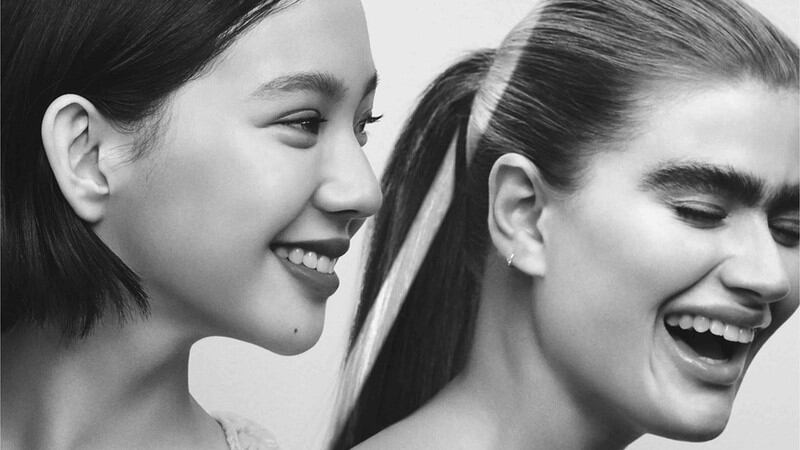1 – Crabtree & Evelyn closure: What went wrong for the bath and body care brand?
From doomed acquisitions to a lack of understanding of the brand, we speak to an Asian consumer expert to explore what led to Crabtree & Evelyn’s downfall, and what it can do to save itself from the brink of obscurity.
At the start of the year, bath and body care brand Crabtree and Evelyn announced that it was moving its business online, shutting all physical stores in the process, save for one new retail concept store in the London.
While the news may have taken consumers by surprise, some industry insiders were already expecting this outcome.
“The writing has been on the wall for Crabtree & Evelyn for quite some time,” commented Nicole Fall, founder of Asian Consumer Intelligence. “Its most recent headlines were rarely about new innovations or new store launches but what appeared to be a continuous list of new owners, bankruptcies and store closures.”
Fall reveals that she got a sense of the brand’s troubles through her involvement in a marketing pitch to reposition the brand a few years ago.
2 – Chewable cosmetics: Amorepacific jumps on edible beauty trend with new supplement brand
K-beauty conglomerate Amorepacific is tapping into beauty supplement trend with its latest edible beauty brand, CUBEME.
Byung Yi Hwang, sales and operation vice-executive of CUBEME, believes there is rising interest in beauty supplements among millennial consumers.
“I think millennials are starting to pay attention to supplements for the sake of health. Previously, supplements were more commonly associated with seniors. Now people are taking supplements at a younger age because of a few factors,” he said.
These include external factors such as pollution, urban lifestyle stress as well as poor fitness and eating habits. Additionally, Hwang believes that the beauty consumers are shifting away from the desire to get instantaneous results in terms of skin care.
All these are driving consumers to seek out beauty supplements, said Hwang.
3 – Shiseido announces new anti-ageing active after 12 years of development
Japanese beauty giant Shiseido says it has discovered a new active ingredient that improves skin texture and rejuvenates skin.
The new ingredient, Stemlan-173, took the company 12 years to develop. Shiseido said it plans to incorporate its new findings into future products.
“Going forward, Shiseido will apply these new findings to the development of skin care products as an effective technology that helps all sorts of consumers to rejuvenate their skin,” it said in a statement.
Shiseido conducted research with a focus on the basement membrane for 30 years and identified that UV damage to the basement membrane induces the formation of wrinkles and dark spots.
Shiseido’s development of the new active ingredient came after the company discovered laminin-511, a key component of the epidermal basement membrane that existing between the epidermis and dermis, and a vital factor for skin rejuvenation.
The company believes it is the first to discover and study laminin-511.
4 – Smart skin care: Shiseido unveils subscription-based personalised beauty service
Shiseido has launched a new personalised skin care system, which combines an intelligent smartphone app and a dedicated product dispenser to provide optimal skin care tailored to current conditions.
Optune is Shiseido’s first subscription-based service and costs ¥10,000 ($92) a month. This will give users access to a dedicated application that uses an original algorithm to analyse skin, environmental and sleep data.
The Optune service is currently only available in Japan, but may expand abroad depending on its local success, said the company.
Shiseido added that a key motivation behind the establishment of this service was to cater to users that have to juggle hectic lifestyles: “In recent years, there are more and more women seeking a balance between work and home life, and an increasing number of them cannot spend time on daily skincare.”
5 – How Pond’s reinvigorated its brand image to attract millennial beauty consumers
Unilever-owned Pond’s recently launched a successful campaign to increase its standing with millennial beauty consumers in Thailand.
The brand sought the help of creative agency Anthem which helped them to develop a limited edition unicorn-themed skin care range, Glitterglow.
Creative director of Anthem Singapore Spencer Ball explained that it was particularly important for Pond’s to refresh its image in Thailand, because the brand was trying to target 7-Eleven shoppers.
“In Thailand, the young people are buying a lot of beauty products from 7-Eleven these days and Pond’s was missing out on all the sales as that channel tends to be dominated by the Korean players,” explained Ball.
“[Thai consumers] have this perception that Pond’s is an old, ageing brand. There wasn’t really a place for Pond’s in 7-Eleven as didn’t have the ‘right’ look to go on the shelves,” he added.
Facing stiff competition, the brand needed an extreme makeover to catch the attention of millennial beauty consumers.
6 – Beauty games: M.A.C. lipstick collaboration with Tencent mobile game sells out in 24 hours
M.A.C. Cosmetics has launched a collection inspired by Chinese firm Tencent’s popular mobile game “Honor of Kings”, which secured 14,000 pre-orders and sold out across all channels within 24 hours of the launch.
The collection comprised of five lipsticks based on five heroines from the game and was available on Tmall, M.A.C.’s online store, and a WeChat mini program.
In an interview with Chinese website LadyMax, M.A.C China noted that the game’s 200 million monthly players inspired the idea for the collaboration.
M.A.C. China marketing director Weng Yanling mentioned that players would associate the characters with some of M.A.C.’s iconic lipstick shades.
As an international brand, all M.A.C. partnerships usually have to be greenlit by the brand’s headquarters. In this instance, the brand’s team in China was given autonomy and the freedom to work closely with Tencent to create the collection.
7 – Shiseido’s supply chain struggle: CEO estimates product shortages led to ¥50bn sales loss
Shiseido president and CEO Masahiko Uotani has revealed the firm lost around ¥40bn ($363m) to ¥50bn ($454m) in sales due to product shortages.
This was blamed on a combination of strong and natural disasters.
“I assume that there was around ¥20bn ($181m) impact in profits, so we would like to make a recovery as quickly as possible,” said Uotani.
Solving the company’s supply chain issues is a priority for Shiseido, he added.
“I want to avoid a situation where future management say that products cannot be offered to consumers because of insufficient production capacity. That is why we want to make enough progress now.”
In order to cope with growing demand, Shiseido will open another cosmetics factory in Kurume City, Fukuoka. Shiseido said it plans to invest ¥40bn ($363m) to ¥50bn ($454m) in the new facility.
The new Kyushu Fukuoka factory is scheduled to start operation in 2021.
8 – AmorePacific performance suffers from weak domestic demand
AmorePacific Group’s said its net profits fell 16% to ₩334.9bn in 2018 because of weak domestic demand, fierce competition and increased labour costs.
The South Korean beauty conglomerate saw revenue increase by 3% while operating profit fell by 19.2%, failing to meet its 2018 goals of 10% revenue growth and 24% operating profit growth.
AmorePacific’s brands failed to impress the local market. The company’s operating profit fell 32% to ₩283.7bn due to increased expense such as personnel and domestic sales remained stagnant at ₩3347.2bn.
However, it is an improvement from the Group’s 2017 performance, which fell 16.3% from the previous year to ₩3347bn.
The company’s portfolio suffered locally mostly due to its premium beauty range, which consists of Laniege, Iope and Mamonde. The overall sales declined 11.3% due to the withdrawal of IOPE's home shopping channels, said the firm.
However, AmorePacific highlighted that sales of colour cosmetics expanded with the launch of several products such as Laneige Layering Cover, Laneige Stained Glossy and Mamonde All Stay Foundation.
9 – Shiseido sees huge potential for its newly developed skin care-make-up hybrid products
Japanese beauty giant Shiseido is hoping to convert non-foundation users with its ‘medicated’ hybrid foundations and create a whole new market in the process.
The Medicated Care-Hybrid Foundation is a new product meant to provide ‘medicated’ skin care effects to the skin while acting as a foundation.
“We would like to create a new market, by adding new value to our products. This is part of our commitment to enabling unique ‘beauty’ for each consumer by pursuing continuous innovation,” said a Shiseido spokesperson.
“Foundation products so far have mainly focused on improving coverage and user experience. Medicated Care-Hybrid Foundation is meant to provide medicated skin care effects for the skin's complexion as well as a beautiful finish.”
The company released this new type of product under HAKU and d program, two of its existing brands available in Japan and Asia.
10 — Shiseido’s China insights: Whitening, prestige and make-up are biggest opportunities
Shiseido expects whitening products, prestige beauty and make-up products to be the focus in the Chinese cosmetics market.
While concerns like anti-pollution are rising, Shohei Tamura, president of Shiseido China Innovation Centre, claimed that whitening was still the biggest concern in Asia, including China.
According to a survey conducted by Shiseido, the top four concerns of Asian women all relate to skin tone darkening.
The top concern among Chinese consumers is yellowish, sallow skin.
As such, Shiseido is still investing into this area of research, despite being one of the leaders in the category.
“We still have a lot of problems and we cannot 100% satisfy consumer’s needs,” Tamura admitted.
Currently Shiseido’s R&D team is looking into the internal factors that can affect skin tone and exploring the effect of increased blood capillaries on hyperpigmentation.
“In the past, Japanese company research mainly on melanocytes. Now, they start to investigate more factors like blood vessels, tissues and other internal factors.”





